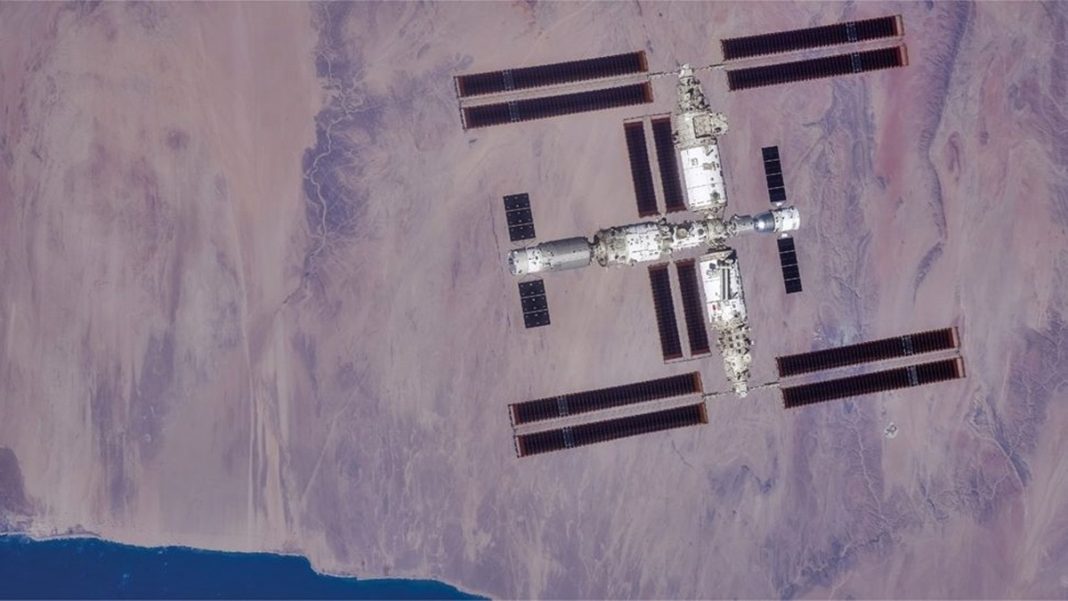Chinese Spacecraft Return Delayed After Suspected Space Debris Impact
China’s Shenzhou-20 crewed spacecraft has postponed its return to Earth following a suspected collision with small pieces of space debris. This marks the first time a Shenzhou mission’s homecoming has been delayed for this reason, highlighting the escalating threat of orbital junk.
Key Takeaways
- Shenzhou-20’s return, originally scheduled for November 5, is on hold.
- An impact analysis and risk assessment are currently underway.
- This is the first debris-related delay for China’s crewed space program.
Growing Threat of Space Debris
The China Manned Space Agency (CMSA) announced the delay but has not set a new landing schedule. Space debris, consisting of discarded rocket parts and old spacecraft remnants, orbits Earth and poses significant collision risks to active missions.
While previous Shenzhou mission delays were weather-related, the Shenzhou-20 situation is unprecedented. The rapidly increasing amount of space junk has prompted global calls for improved space traffic management.
International Response and Tensions
Chinese President Xi Jinping recently proposed cooperation with Arab nations to establish a “space debris observation centre.” The United Nations and other organizations have also urged urgent action, suggesting global databases to track orbital objects.
China’s Tiangong space station has performed emergency maneuvers twice to avoid debris from SpaceX’s Starlink satellites. Meanwhile, Beijing and Washington have repeatedly accused each other of generating space debris through anti-satellite tests.
Technological Solutions
China is investing in collision-risk reduction technologies, including laser monitoring systems and deorbiting “sails” designed to safely burn up spacecraft in the atmosphere without creating additional debris.
The Shenzhou-20 delay underscores the critical need for international cooperation to address the space debris problem and ensure the safety of crewed missions and sustainable space activities.





